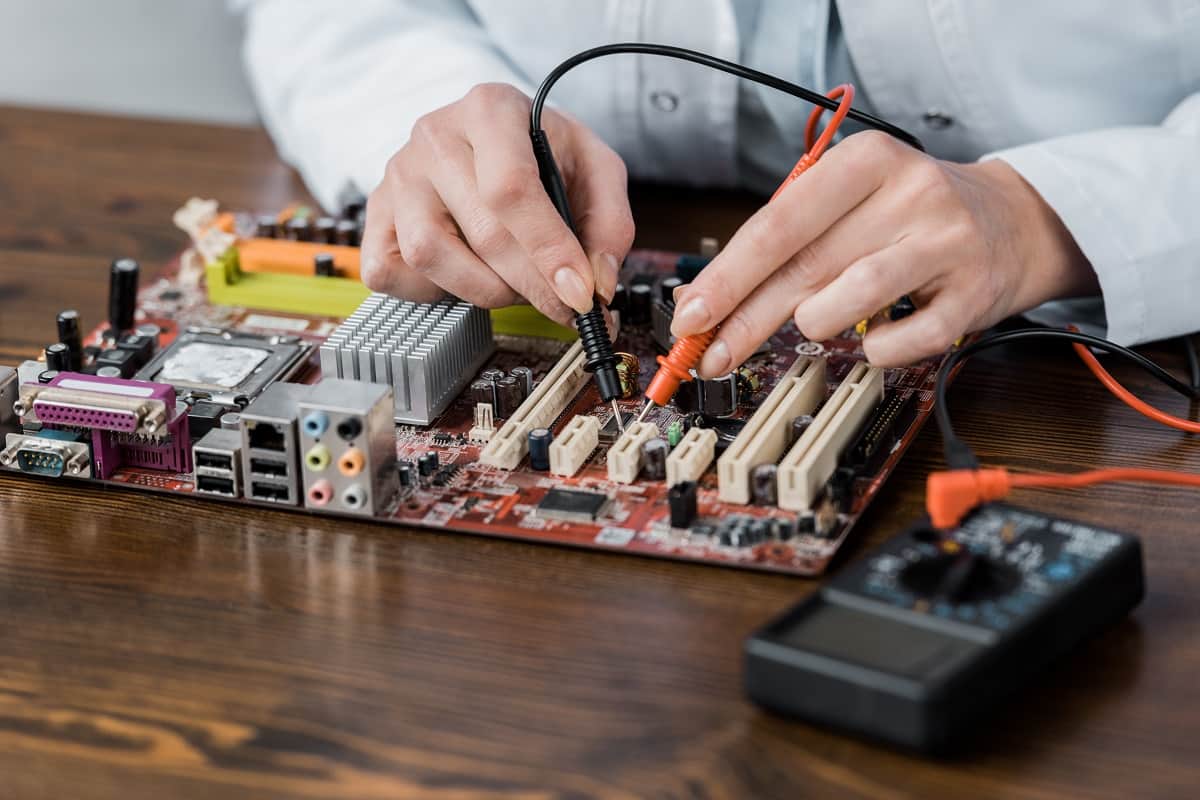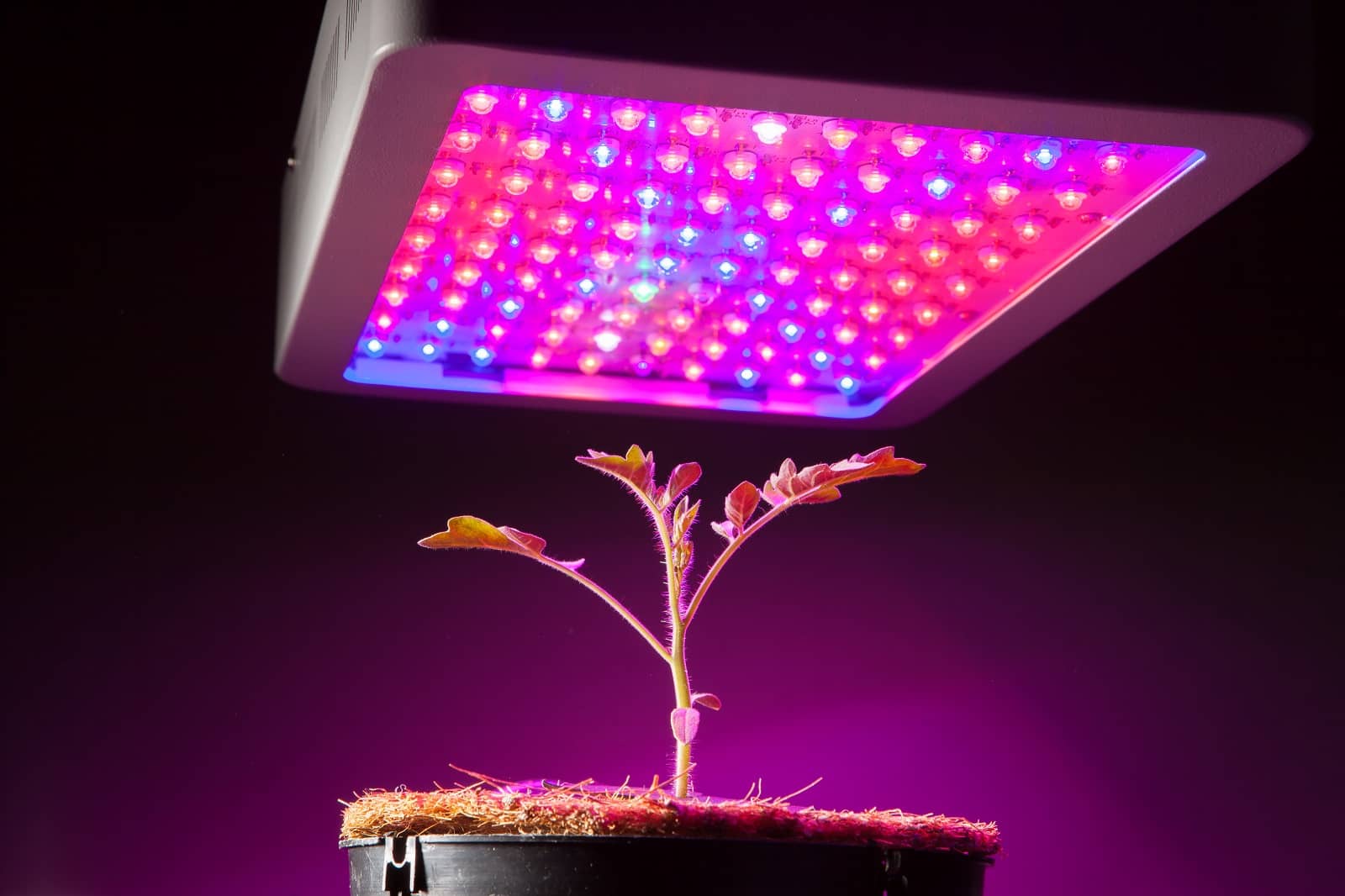Want to do away with the traditional grind that comes with mopping floors?
Then you should know how to use a steam mop.
Compared to the age-old bucket and mop cleaning system, steam mops are not only efficient but also cost-effective. How? Well, they are efficient because steam cleans better than water. As for their cost-effectiveness, steam mops do away with detergents to save your money.
Impressed with their features? Want to use them in your home?
Below mentioned are some tips to get you going.
How to use a steam mop on carpet
Here’s how you can use a steam mop on carpets.
Step 1: Preparing the room (and carpet)
First of all, remove everything from the carpeted room. That includes any papers, toys, furniture or any general clutter that you may have stationed inside.
Next, dust your baseboards. Otherwise, if you leave the dust there, the steam mop would just knock it off. You might want to use wood polish alongside your dust cloth if you’re dealing with deep, embedded dirt.
Finally, vacuum your carpet. Remember, steam mops only pick up small dirt particles that are embedded in the carpet’s fibers. Which means you cannot use them to remove pet hair and large debris.
Step 2: Fill the steam mop
Granted, most mops come with a built-in heating mechanism, but it would be better if you could fill the mop with hot water in the first place. That would save you time which the mop would otherwise take for heating things up.
Once you have filled it up to capacity, add soap in the mop’s water tank. Check the mop’s manual to use not only the right kind but also the right quantity of soap. Otherwise, if you’ve added more amount than directed, some soap might stay on the carpet.
Lastly, even if you aren’t sensitive to chemicals, use vinegar over detergent, as it cleans better when mixed with steam.
Step 3: Start steaming
Although you can start wherever you want, we recommend starting from a corner. In this way, you’d slowly work your way out of the room – while also making sure you don’t step on already-cleaned parts.
Next, read the manual of your mop to decide whether it is intended to be pushed or pulled, before following that instruction. Afterward, to achieve thorough cleaning, walk your machine in long lines across the carpet.
Also, since steamers work slowly than vacuums, you’d have to move them slowly for them to work. Otherwise, if you pull them too fast, your carpets might be wetter in the end. That, in turn, might encourage the formation of mildew.
Step 4: Final step
Once you’re done mopping, turn on the ceiling fan and allow your carpet to dry completely. If your carpet is ultra-thick, it might take 12-16 hours to dry completely even in summer conditions. Make sure that during the time that the carpet is getting dry, no one walks over it.
Still, if you think you’ve no choice but to move in the room, cover your feet with plastic bags. They make sure that no dirt gets dragged onto the carpet with your feet.
How to use a steam mop on the hardwood floor
Before using a steamer on the hardwood floor, make sure the floor’s seal is tight. To do just, sprinkle a small amount of water onto the wood surface. If the water beads up, it means that the seal is intact, only then should you use a steamer
Step 1: Preparing the room (and floor)
Just like the first step in the carpet cleaning process, you need to move the furniture, any rugs you may have on the floor and any other thing that might come in the way of steaming. Oh, and if you can see dirt, vacuum it away before turning to a steamer.
Step 2: Fill the steam mop
Ask veterans, and they might agree that steamers which clean hardwood floors only need to be filled with water, without any detergent or even vinegar. For, both the last 2 substances disturb water’s pH, which, in turn, might affect the wood on contact.
Still, if you’re obsessed with cleaning, we recommend choosing a detergent that has a neutral pH.
Step 3: Cleaning the floor
Once again, while carpets could tolerate aggressive mopping, hardwood floors would simply give way. Therefore, be gentle while mopping.
Other than that, the remaining procedure is the same as we discussed earlier in the carpet-cleaning section. And at the end, allow the ceiling fan to run its course to make sure the wood gets bone dry before you step foot on it.
Steam mops – FAQs
Here are some questions most potential users have about steam mops.
Q: Which is the best steam mop for hardwood floors?
A: The BISSELL Vac and Steam Cleaner, with its budget price tag, easy touch digital controls and a Quick release Dry-Tank Technology is your best companion for hardwood floors.
Q: How to use a steam mop on tiles?
A: To use a steam mop on tiles, follow the same procedure which we described for steaming a carpet. Though you could a more concentrated cleaning solution if you want because tiles require more scrubbing for thorough cleaning.
Q: Do steam mops really sanitize?
A: Not necessarily. When we say we are “sanitizing” floors, we mean the steam is killing bacteria. However, as any scientist worth his salt might tell you, steam needs to reach a certain temperature for it to kill bacteria. Also, even if your steam is at that temperature, it would require mopping the area for a few minutes before killing bacteria. That means that in most cases, steam mops don’t really sanitize.
Q: Can a steam mop be used on laminate?
A: If you want a short answer, it is yes. If you want a slightly longer answer, it is also yes – albeit with a few cautions. Before mopping the entire laminate, check the steamer on a small, inconspicuous area. If that area responds well to steam mopping – which means it doesn’t cur at the edges or shows some discoloration, only then mops the entire laminate.
Edwin Roberts
Edwin is a certified design and home interior specialist. He also has extensive personal experience in home improvement and housekeeping.



